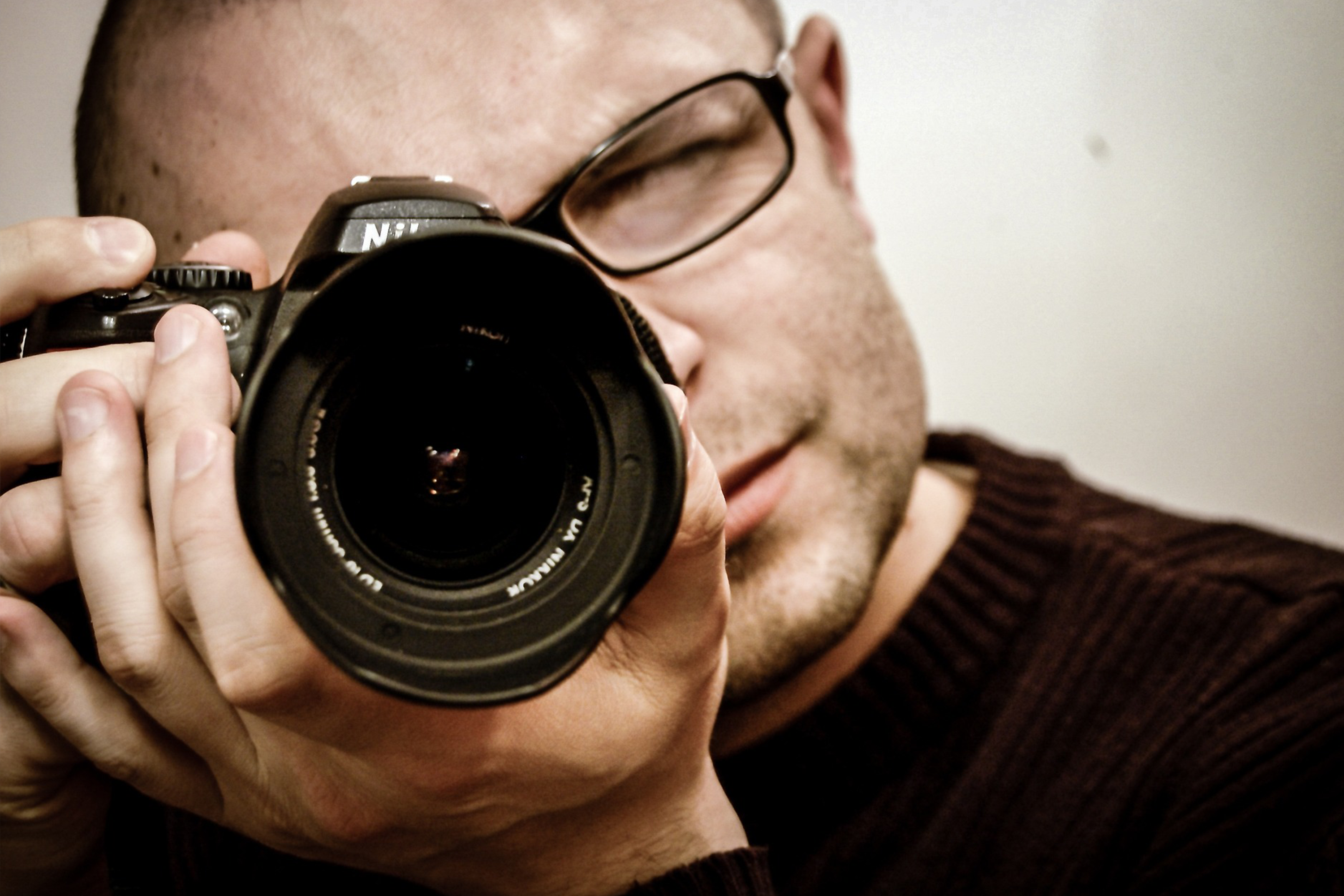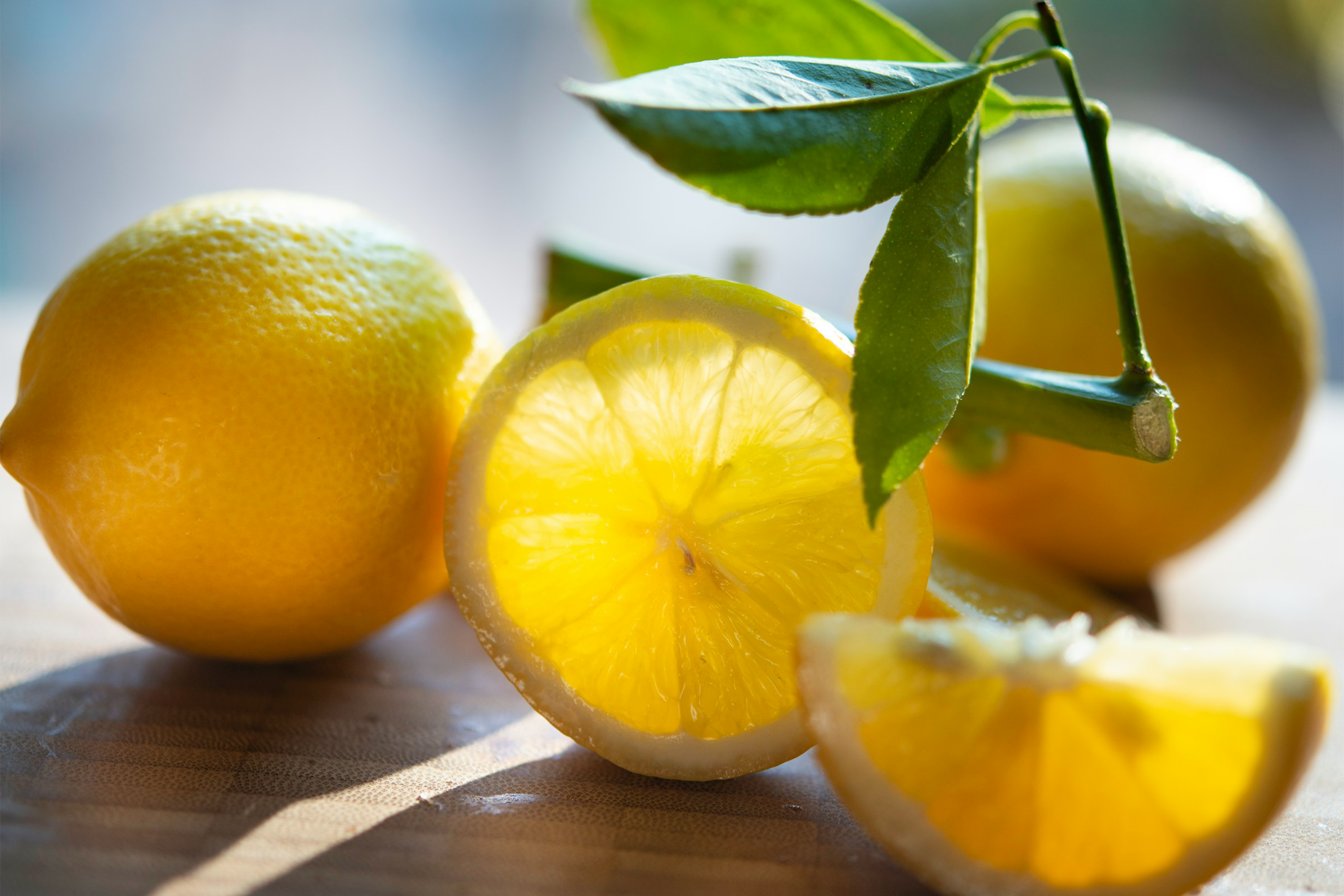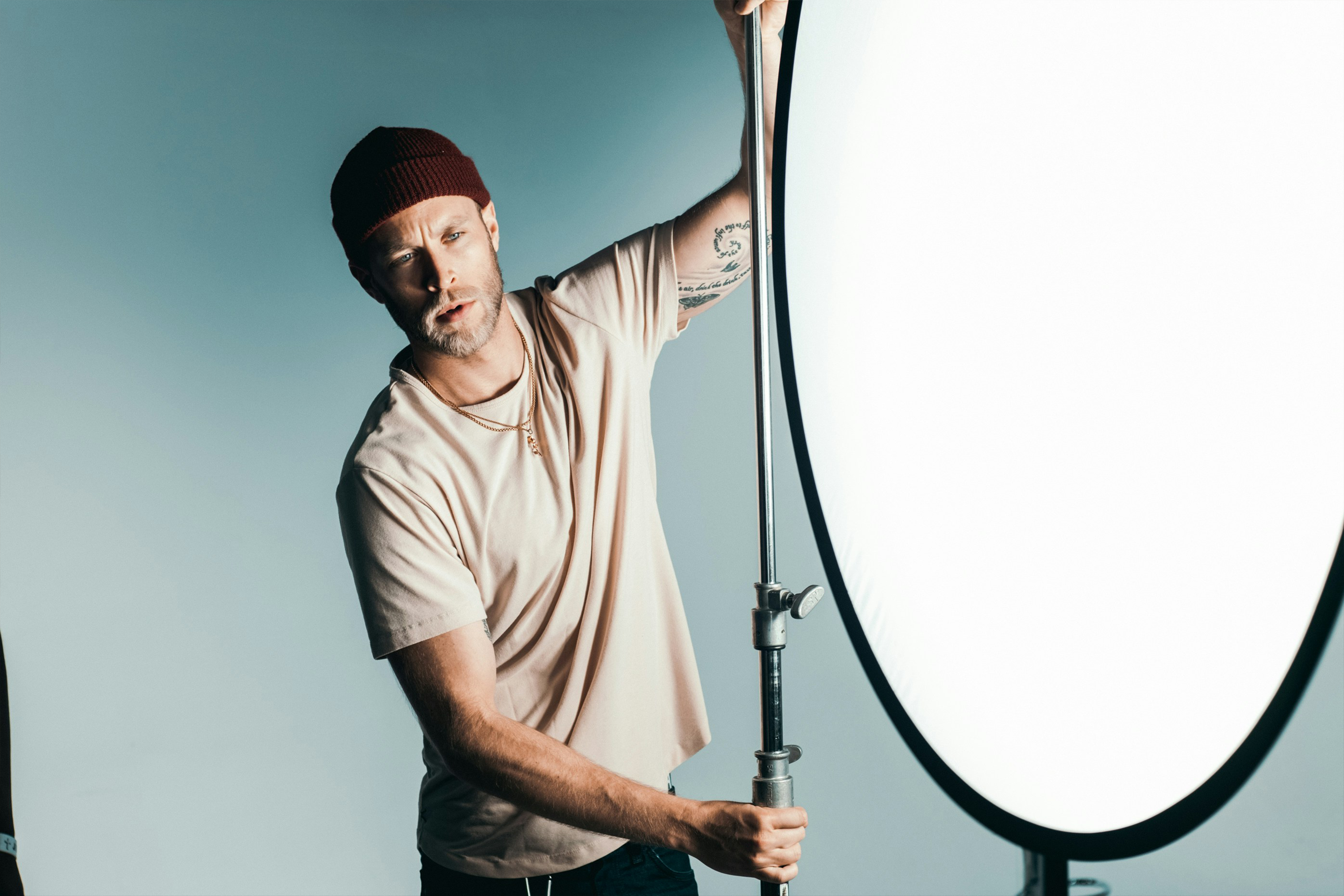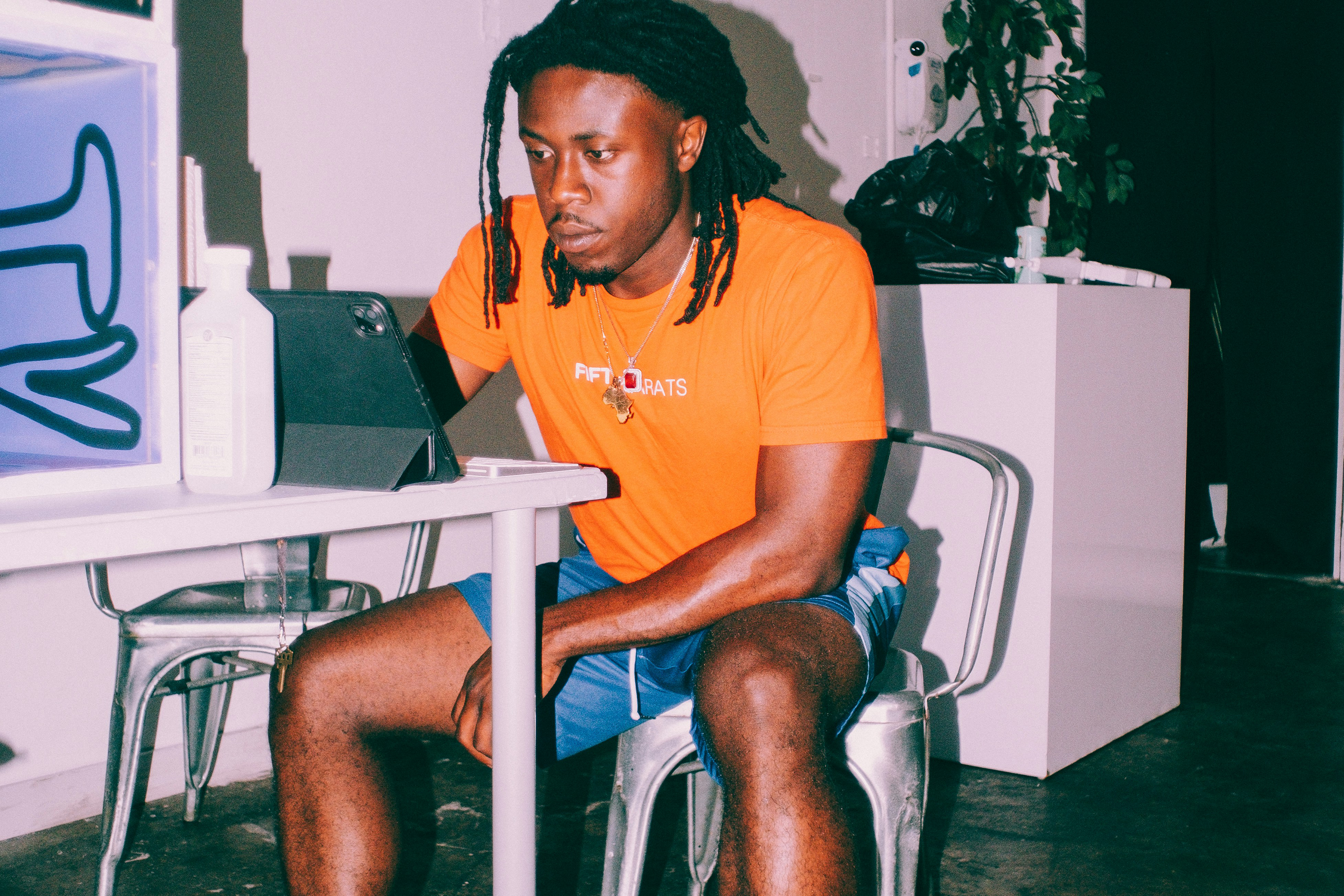Each has its own advantages and disadvantages, and deciding between them often depends on the specific needs of a project. In this blog post, we'll take a deep dive into the ultimate comparison between continuous light and flash in photography.
Continuous light :
Continuous light , as the name suggests, is a continuous light source that stays on constantly throughout the exposure time. Here are some advantages and disadvantages of this method.
Advantages :
Continuous Preview : Continuous light gives photographers the ability to see the exact lighting and shadows in real time, making it easier to make adjustments and achieve the desired result.

Natural look : Continuous light can create a more natural look as it resembles daylight and makes it easier for models to feel comfortable under the lighting.

Versatility : Continuous light sources can be used for various types of photography, including portraits, still life, video recording and more.

Disadvantages :
Heat generation : Continuous light sources can generate heat, especially when using high-intensity lights for long periods of time, which can cause discomfort to the model and possibly overheating problems.
Power consumption : Since continuous light sources are on throughout the entire shoot, they consume more power compared to flash lights , which can lead to higher running costs during long photo shoots.
Limited intensity : Continuous light sources often have limited power compared to strobe lights , which can limit their use in situations with a lot of ambient light.
flashlight :
Flash , also known as strobe lighting, produces a brief, intense light source during the firing of the camera's shutter. Here are some advantages and disadvantages of flash lighting.
Advantages :
High Intensity : Flash is known for its high intensity and ability to produce clear and sharp images even in low ambient light.

Cooler temperatures : Unlike continuous light sources, flash lights do not generate heat during operation, making them ideal for longer photo shoots where overheating could be a problem.

Easily control the amount of light : Flash lights allow photographers to easily adjust the intensity of the light by changing the power of the flash or the distance to the light source.

Disadvantages :
Limited Preview : Because flash is only active for a brief moment, it is more difficult to predict the exact appearance of shadows and lighting before the image is taken.
Artificial Appearance : In some cases, flash can produce an artificial appearance, especially if it is not used properly or if it hits the subject too harshly.
Conclusion :
Overall, there is no clear answer as to whether continuous lighting or flash is better in photography. Both have their own advantages and disadvantages, and choosing between them depends on the individual needs of a particular project, as well as the photographer's preferences and style. Sometimes a combination of both techniques can be the best solution to achieve the desired result. Ultimately, it's important to be willing to experiment and try different lighting methods to find what works best for each specific situation.
If you have experience with continuous light or flash in photography, please tag us on Instagram and Facebook with the hashtag #jinbeifotobox . We look forward to seeing your results!





Teilen:
30 DAY CHRISTMAS RETURN POLICY